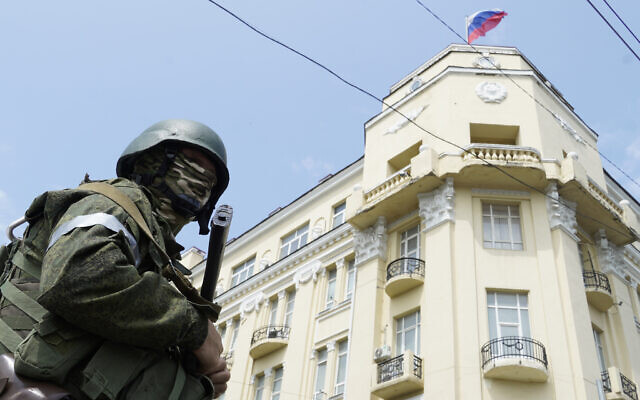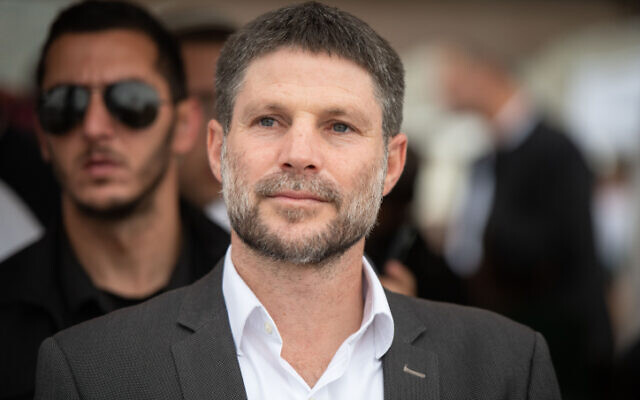Jerusalem’s Botanical Gardens to get major upgrade
A new gateway and a Japanese pagoda will extend access to horticultural research center, which boasts biggest live plant collection in Middle East

Work on a new entrance pavilion to Jerusalem’s Botanical Gardens in the capital’s Givat Ram neighborhood began this month to expand access and accessibility to hundreds of thousands of annual visitors from Israel and overseas, and further develop the gardens’ horticultural and research activities.
The project will take around two years to complete and add 400 square meters (4,300 square feet) of space, made up of a series of interconnected domes. The design of the new entrance is led by the Jerusalem-based landscape architect firm, Shlomo Aronson Architects, which has worked on a number of projects with the Botanical Gardens.
The finished center will include a space for sub-tropical plants, which bloom all year and an outdoor classroom, as well as a gift shop, a café, and a stop for the Gardens’ on-site train, which takes visitors on tours around the space. The new entrance will also be directly adjacent to a light rail station.
The NIS 22 million ($6 million) budget for the new space is being funded through a partnership with the Jerusalem Foundation and the Jerusalem Municipality. The new gateway building will be known as the Marcus Margulies Pavilion, in recognition of a major donation from the London-born philanthropist, who has also supported projects at the Botanical Gardens in the past.
Jerusalem Mayor Moshe Lion welcomed the project as “part of a broad plan to upgrade public space throughout the city,” in a press statement this month,
Jerusalem Foundation President Shai Doron said the new entrance has the potential to become “one of the most impressive locations in Jerusalem, a meeting place for all the populations living in the city.”

Tom Amit, chief executive of the Botanical Gardens, said: “After years of preparation and planning, we are excited to commence construction on the Margulies Pavilion project… a new, spectacular, and appropriate entrance to the largest botanical garden in the Middle East. It will allow us to connect to the city of Jerusalem more effectively and help us to grow the number of people who visit us.”
Also currently under construction and scheduled to open as soon as mid-August is a pagoda. This will act as a focal point for the substantial collection of Japanese plants — including the world’s largest concentrated holdings of bonsai trees — within the Gardens’ stocks. The NIS 10 million project ($2.8 million) was designed in Japan, and arrived as a series of modular pieces, which are currently being put together.

The Jerusalem Botanical Gardens opened to the public in 1985, although planting started in 1954, after access to the National Botanical Gardens on Jerusalem’s Mount Scopus was cut off as a result of the 1948 War of Independence.
The Gardens include a unique collection of conifers, and a 500-meter-long (1,640 foot) “Bible Path” (currently under renovation), which showcases the species of plants that scientists have identified as mentioned in the Bible.
Specimens are organized by geography, with additional sections focused on medicinal plants and spices, and desert and tropical plants. In total, the collection includes more than 7,000 different species across 120 dunams (30 acres) of parkland and the Gardens boast the largest live plant collection in not only Israel, but the Middle East.
As well as offering a wide range of educational and research programs, the Jerusalem center houses a living plant gene bank for the region’s native flora.
More than 300 endangered species are nurtured across the gardens.
Currently, the Botanical Gardens welcomes around 300,000 visitors each year. The new facilities, together with the improved access to public transport, are intended to accommodate 500,000 local and international visitors.









